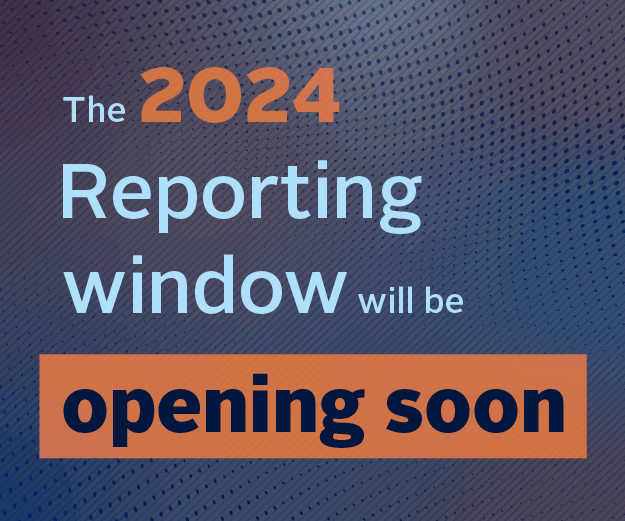This responsible investment due diligence questionnaire (DDQ) has been developed to help investors appraising potential forestry investment managers to evaluate how a manager handles environmental, social and governance (ESG) factors.
The responses to the questions will give an insight into the depth and breadth of ESG strategy used by the manager; the sophistication of their approach for integrating ESG factors into the investment process; and the levels of ESG disclosure that they routinely provide.
A questionnaire can never replace the dialogue between manager and investor: this DDQ is designed to act as a starting point for such dialogue by providing a baseline list of questions that investors can ask managers. From this baseline, the PRI encourages investors to create additional, tailored questions to suit their broader objectives and their strategy, size, experience and resources.
By publishing this freely available tool, the PRI hopes to streamline industry practices and curb the proliferation of different approaches, which can be counterproductive for investors and their forestry investment managers.
The DDQ is divided into five sections:
- Policy – the overarching approach to responsible investment
- Governance and resourcing – who is involved in implementing the strategy and what support do they have
- Pre-investment – the steps taken during an acquisition to integrate ESG factors
- Portfolio management – the systems in place to manage ESG factors for existing assets
- Reporting – the communication channels between the manager and investors
Notes on using this DDQ
This DDQ is intended to be used by investors seeking exposure to timberland as the underlying asset of their investment. It should be applicable to all types of forestry investment, but is aimed most specifically at the management of timberland itself, rather than other areas of the value chain related to forestry holdings, such as sawmills or pulp production.
1. Policy
- 1.1 Do you have a policy that describes your approach to identifying and managing ESG factors within the investment and portfolio management process, either generally, or specifically for forestry investments? If so, please provide a copy. If not, please explain why.
- 1.2 What, if any, plans do you have to further develop how you manage ESG factors?
- 1.3 Do you commit to any general international standards, industry (association) guidelines or reporting frameworks, or participate in any initiatives, that promote responsible investment practices?
- 1.4 Are your forestry holdings certified by internationally recognised bodies such as the FSC or PEFC? If so, since when have they been certified and what percentage of your holdings are covered by certification? Please provide current certificates and, if appropriate, public audit reports or summaries. If not, do you have plans to certify your holdings? If the holdings are not certifiable by these bodies, can you show that you are nonetheless aligned, or plan to be aligned, with their requirements to the extent possible?
- 1.5 Do you make formal commitments relating to responsible investment in your vehicles’ fund formation contracts, legal documents (such as limited partnership agreements (LPAs)) or side letters, when requested by investors?
2. Governance and resourcing
- 2.1 Describe how responsibility for (i) overseeing and (ii) implementing ESG integration is structured within your organisation. Please list the people involved and describe their role, position within the organisation and how they are qualified for the role. Describe any external resources you may use.
- 2.2 How do you ensure that staff have adequate ESG knowledge and stay up to date with evolving best practice?
3. Pre-investment
- 3.1 Describe your due diligence process for identifying and understanding, and provide an example from a recent investment of: (i) potentially material ESG risks, including long-term risks, (ii) ESG-related opportunities. Describe the time horizon over which you assess these factors.
- 3.2 Once identified, how might the identification of: (i) potentially material ESG risks and (ii) ESG-related opportunities impact the investment decision?
- 3.3 Describe your process for establishing and verifying the legal title to the land (and customary land tenure rights, if applicable) in your vehicles or in a prospective transaction.
- 3.4 How are ESG risks and/or opportunities reported to, and considered and documented, by the investment decision-making body, such as the investment committee?
4. Portfolio management
- 4.1 If applicable, how do you assess that your forestry managers and/or third-party operators have adequate ESG expertise? What action(s) do you take if you identify gaps?
- 4.2 Describe the process for monitoring the ESG performance of the underlying assets and how you ensure your forestry manager(s) and/or third-party operator(s) respond appropriately to material ESG incidents.
- 4.3 What data do you capture (and how frequently) on ESG performance? Do you set ESG performance targets?
- 4.4 Give up to three examples of how you have contributed to the good management of ESG factors and stewardship of assets in your portfolio, either directly, or through your forestry manager(s) and/or third-party operator(s).
- 4.5 Do you measure whether your approach to responsible investment has affected the financial and/or ESG performance of your investments? If yes, describe how you are able to determine these outcomes.
- 4.6 What is your approach to incorporating ESG considerations into preparations for asset disposal?
- 4.7 Do you assess your vehicles’ exposure and resilience to climate risks and opportunities? If yes, please describe the methodology you use. If not, please explain why.
5. Reporting
- 5.1 Which channels do you use to communicate ESG information to investors, and how frequently do you do so?
- 5.2 Can you provide samples of ESG disclosures? If not, please indicate whether you would consider introducing ESG reporting.
- 5.3 Is the management of ESG factors included on the agenda at investor meetings?
- 5.4 How do you disclose material ESG incidents to your investors?
Downloads
Responsible investment DDQ for forestry investors
PDF, Size 1.58 mbResponsible investment DDQ for forestry investors (Spanish)
PDF, Size 1.58 mb













